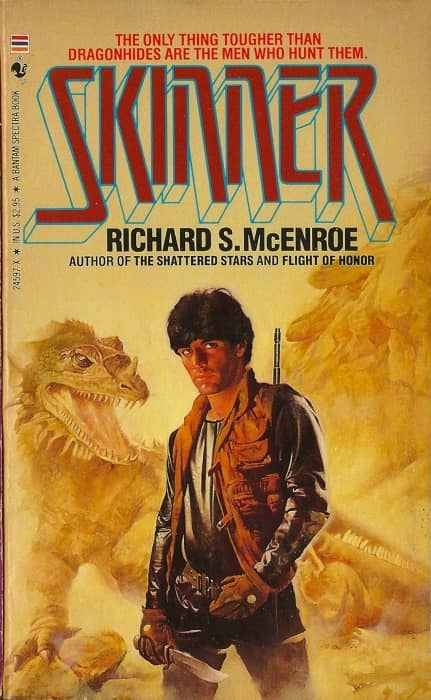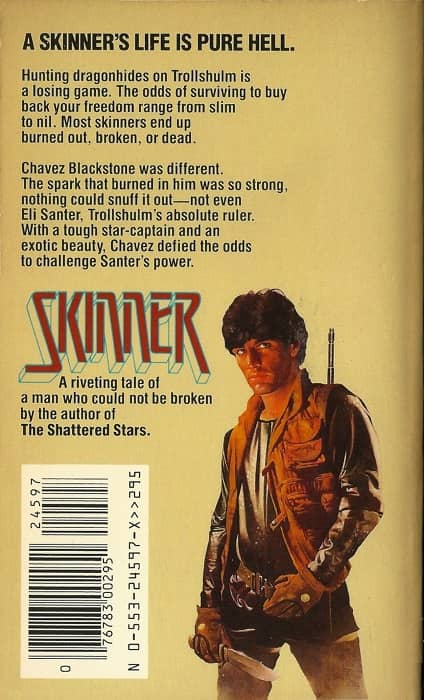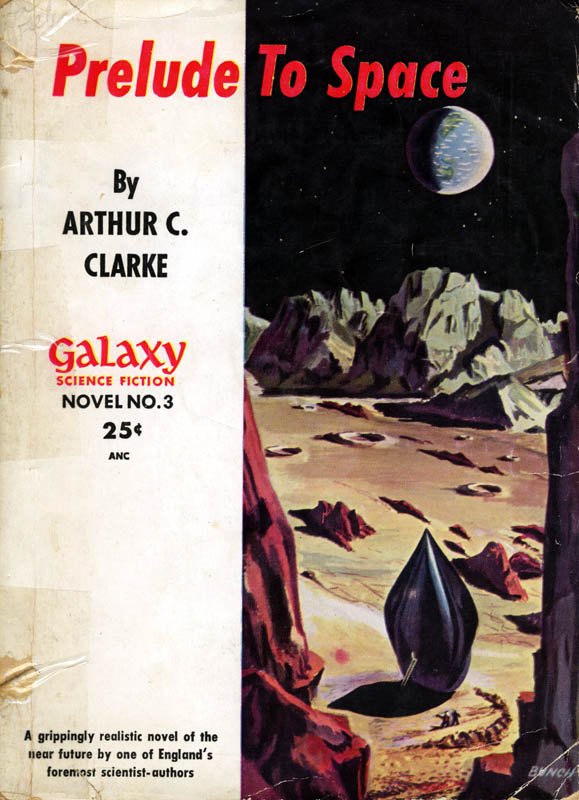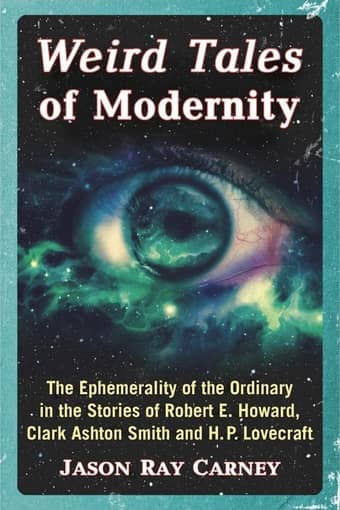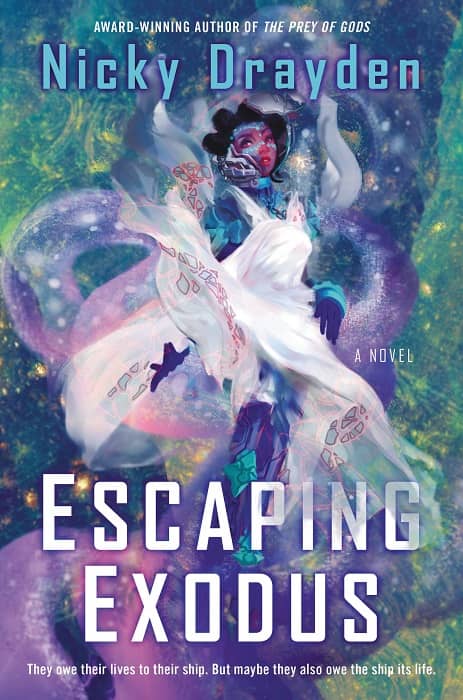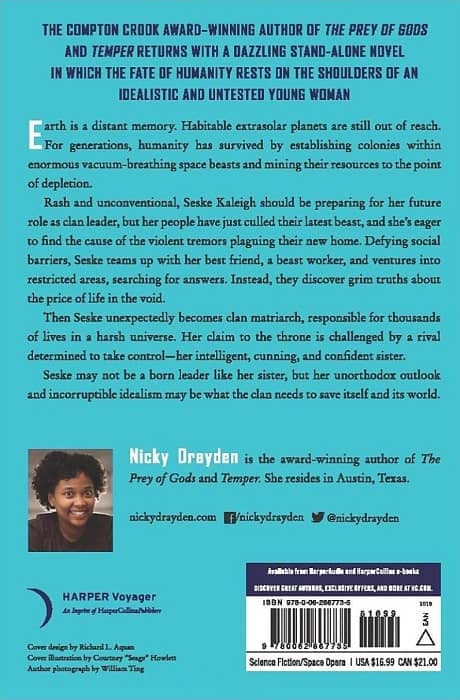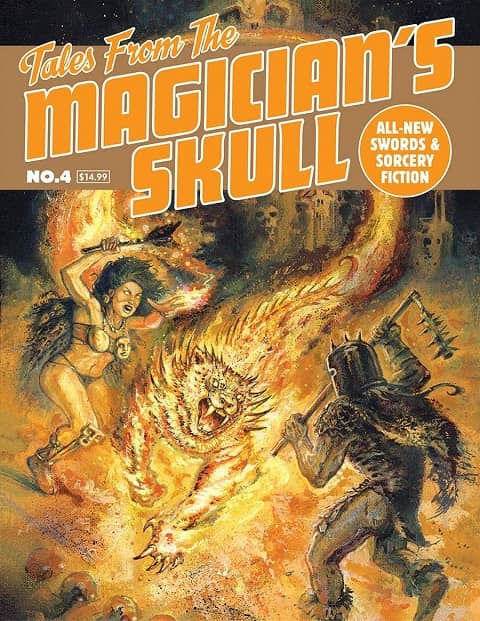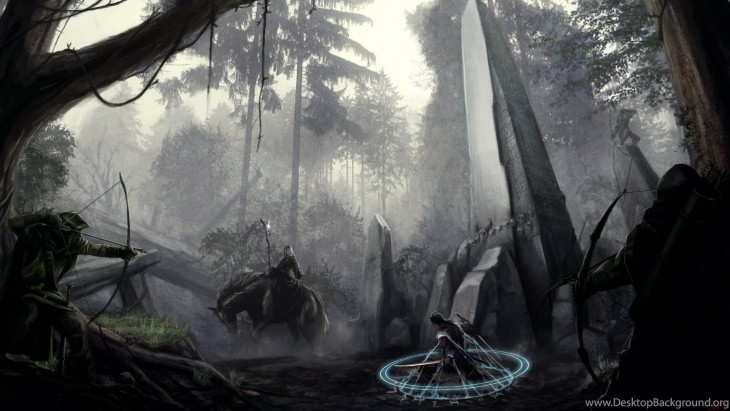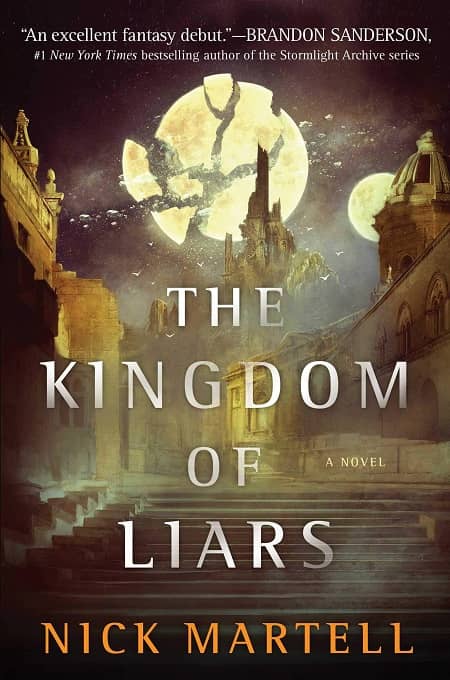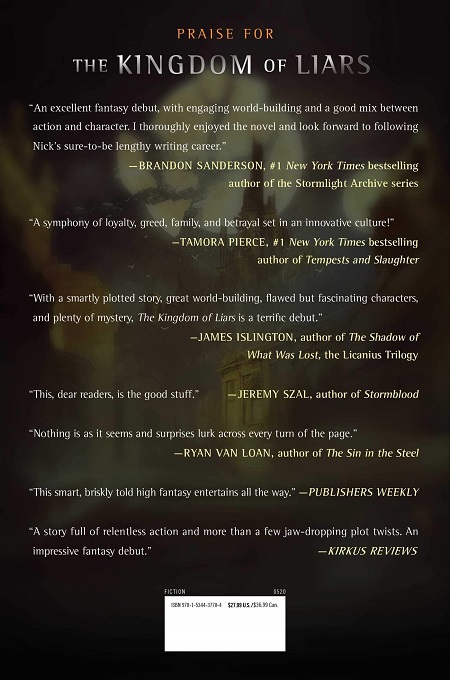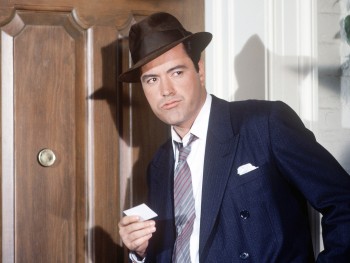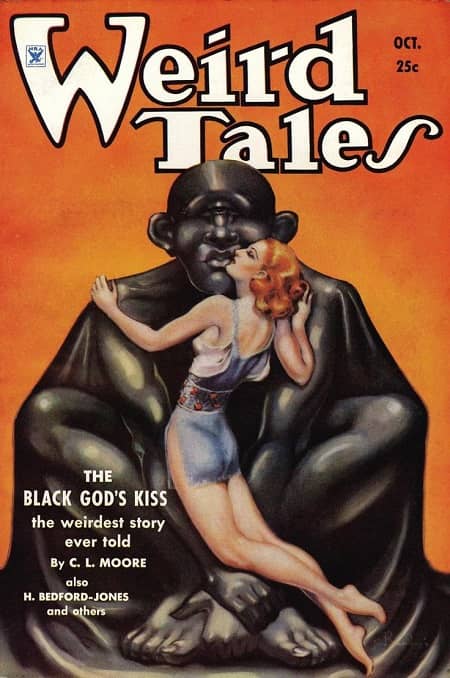Generational Connections: Ursula Pflug’s Seeds And Other Stories
 Ursula Pflug’s fiction demands to be savoured. Her new collection, Seeds And Other Stories, holds 26 short fictions ranging in length from flash fiction to short novelettes, each marked out by precise language and fantastic happenings seen edge-on. They’re not linked by plot but by threads of imagery: portals to other places; hallucinatory new drugs named for colours; gardening, and plants sprouting from the earth or human bodies. Each individual piece on its own carries a powerful emotional weight. Together it becomes difficult to read more than a few in a sitting, and that is no bad thing.
Ursula Pflug’s fiction demands to be savoured. Her new collection, Seeds And Other Stories, holds 26 short fictions ranging in length from flash fiction to short novelettes, each marked out by precise language and fantastic happenings seen edge-on. They’re not linked by plot but by threads of imagery: portals to other places; hallucinatory new drugs named for colours; gardening, and plants sprouting from the earth or human bodies. Each individual piece on its own carries a powerful emotional weight. Together it becomes difficult to read more than a few in a sitting, and that is no bad thing.
The stories in Seeds all can at least be read as having some element of the fantastic, though often it’s very slight. “Myrtle’s Marina,” for example, follows a man ambling about the run-down marina he owns and thinking back to moments that might have been magic. “A Shower of Fireflies” is an enigmatic two-page story about a mother reflecting on her life and her children. In the final story, “My Mother’s Skeleton,” a woman speaks to her daughter, remembers her mother, and meditates on art.
Most tales push reality further. “Mother Down the Well” opens the collection with a story about a woman in rural Ontario whose well holds a magical portal and her magic-touched mother. “Judy” is a short science-fictional tale with a post-apocalyptic feel, about a woman who loses a friend among a raging plague. “The Lonely Planet Guide to Other Dimensions” follows a writer who finds an alternate world in a mundane setting, and along with it a power to rewrite existence.
All these stories, and all the stories in Seeds, are intensely focused works. When not told in first person, they submerge themselves in a very tight and limited third-person point of view. Details of description are rarely given, only what matters to the character at any given moment. There’s an implied irony in this approach, insisting on the limitations of a character’s perspective, and it works. These are stories about absences, about things that once were and whether they may be regrown.
They’re also stories about emotionally intense subjects: family, lovers, visions (artistic, psychedelic, or both). Pflug illustrates these themes with an approach to the fantastic that borders on the surreal whether the fantastic or science-fictional elements are overt or not. There’s an allusiveness to them, and a willingness not to explain them. These are not comfortable knowable worlds with clearly-elaborated systems of magic or technology. These are worlds bigger and plainer than the characters we follow, who deal plainly with odd events: there’s little awe here, and where it does exist it’s often an awe of the natural world and not of magic.
